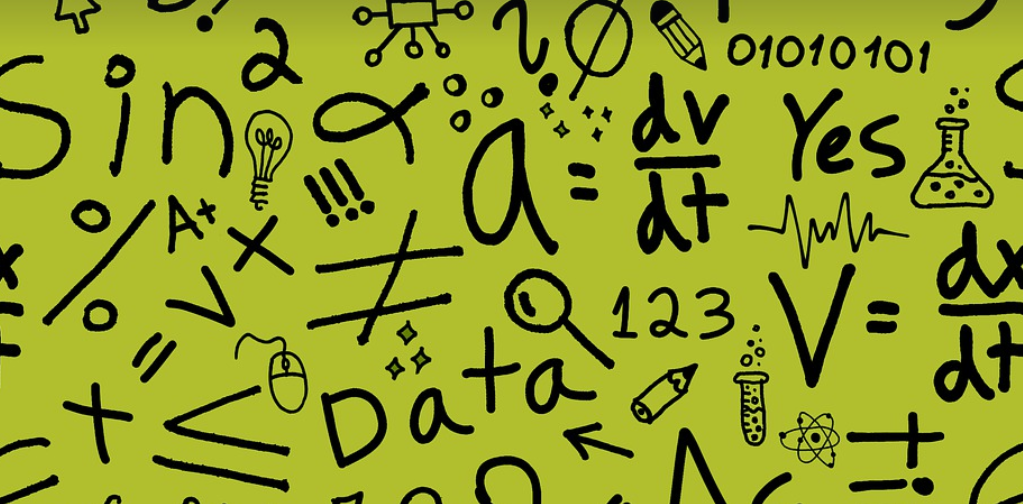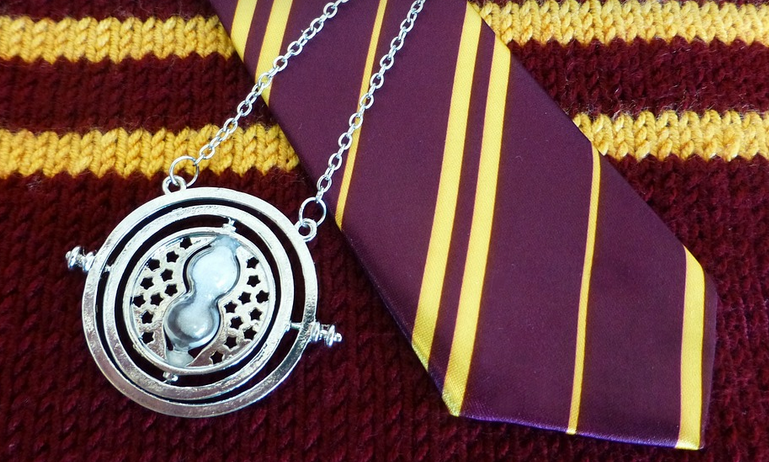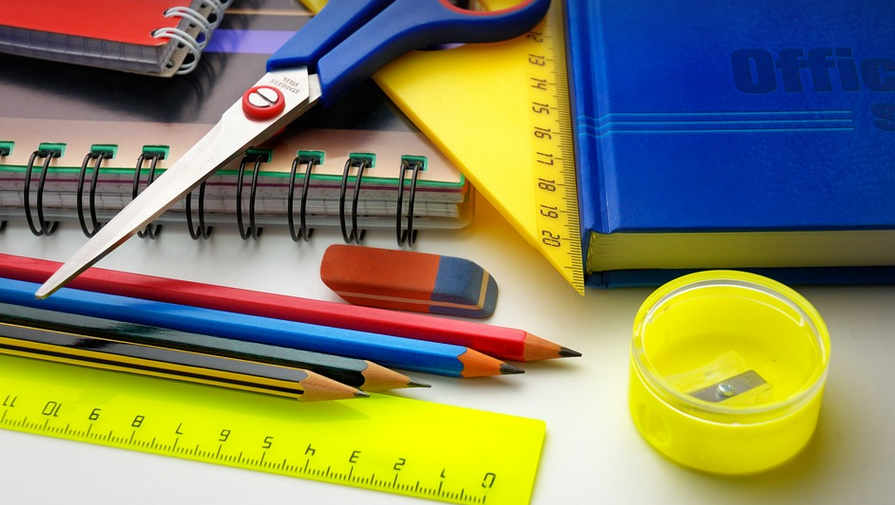
Mastering the Art of Spray Training for Puppies
Bringing home a new puppy is an incredibly joyful experience, but it can also be a bit overwhelming. As puppies grow and learn, training becomes crucial to their development into well-behaved and happy companions. One method gaining popularity amongst dog owners is spray training, which offers a unique approach to teaching your pup important commands while promoting positive reinforcement.
Unlike traditional methods that often rely on punishing undesirable behavior, spray training focuses on rewarding desired behaviors with positive reinforcements like praise and treats. This technique emphasizes collaboration between you and your puppy, fostering an environment of learning and trust.
The key to successful spray training lies in understanding the concept behind it. Essentially, when a dog performs the action you’ve trained for (such as sitting or staying), you use a designated trigger word and then follow with a small burst of training spray (a safe, non-toxic pet-safe product). This association trains your puppy to understand that specific commands lead to positive results.
There are several different types of spray training tools available for owners. Some popular options include:
- **Mini Spray Trainers:** These handheld devices offer a quick and easy spray trigger, perfect for everyday training sessions.
- **Trigger-Based Sprayers:** Using a simple trigger mechanism, these allow you to control the spray timing and quantity, offering more precision in training.
- **Handheld Bottles with Adjustable Spritters:** For those who prefer greater control over the spray’s intensity, these bottles offer adjustable features.
The first step in any successful training program is to establish clear expectations and communication with your puppy. Before introducing them to spray training, ensure you understand their individual needs and adapt the training routine accordingly. Start by teaching commands like “sit” or “stay,” gradually increasing complexity as they master the basics.
During training sessions, use a positive and encouraging tone of voice. Praise your puppy generously when they perform the desired actions, reinforcing the association between the action and the reward. It’s crucial to create a fun and engaging environment for your puppy by incorporating games, treats, and praise. This keeps them motivated and eager to learn.
When using a spray training tool, remember to use it sparingly. Too frequent use can lead to unwanted associations. The goal is to reinforce desired behaviors selectively, making each session a rewarding experience for both you and your puppy.
As you progress through the training process, begin incorporating more complex commands into your routine. Examples include “come,” “leave it,” or even basic tricks like shaking paws, playing dead, or fetching objects. Remember, consistency is key in spray training—regular practice will solidify these behaviors.
While spray training offers a unique method for puppy training, it’s essential to remember that safety should always be the priority. Always use pet-safe products and ensure your puppy has not ingested any of the spray or its residue
Remember, patience is key in all aspects of training. Don’t get discouraged if progress isn’t immediate; every dog learns at its own pace. Celebrate every milestone, no matter how small, and be patient with the process.
If you encounter challenges or find your pup’s learning curve steeper than expected, don’t hesitate to consult a professional dog trainer. They can provide personalized guidance, ensuring you achieve optimal results for your furry friend. You can also seek assistance from online resources like YouTube videos and blogs specializing in puppy training.
Ultimately, effective spray training is about building a strong bond with your puppy built on a foundation of love, respect, and positive reinforcement. With consistency and the right approach, you’ll be well-equipped to raise a well-behaved companion who thrives under your guidance.





